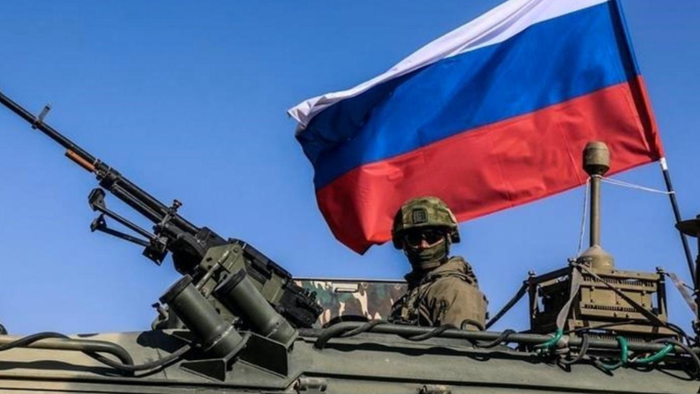In the ongoing conflict between Russia and Ukraine, the capture of a Ukrainian coal mine near Pokrovsk has emerged as a significant turning point. This facility, the largest coking-coal mine in Ukraine, plays a crucial role in the nation’s steel industry, which historically constituted around one-third of Ukraine’s total exports before the war. Owned by Metinvest, this mine began operations in 1990 and has been integral to the production of coking coal, a vital component for steel manufacturing. The proximity of Russian forces, reported to be just 8 to 12 kilometers from Pokrovsk, underscores the imminent threat to Ukrainian industrial capabilities, specifically in the Donetsk region where the mine is located.
The strategic importance of the mine stems not only from its output but also from its location near Pokrovsk, a key logistic hub in the Donetsk oblast. Should the Russian army succeed in cutting off power to the mine or destroying vital transport routes, they could effectively neutralize the mine’s operational capabilities without formally occupying it. Expert analysis indicates that the loss of this facility would have dire consequences for Ukraine’s steel production capabilities, already on a downward trajectory as a result of the war. It underscores the broader implications for the country’s economy and industrial sector, which are heavily reliant on the robust, ongoing extraction and processing of coking coal from this facility.
Prior to the invasion, Ukraine ranked 14th in global steel production, a status that has significantly deteriorated, falling to 24th within a year. Metinvest had projected the mine’s output to reach 5.3 million metric tons of coal in the current year, but the approaching threat from Russian forces threatens this forecast severely. The implications of capturing or effectively crippling the mine extend far beyond immediate production levels; analysts predict that a loss in this sector could slash Ukraine’s anticipated steel output by over 80% by 2025. Such a significant reduction could weaken Ukraine’s industrial backbone, instigating a labor market downturn and affecting associated industries that rely on domestic steel production.
Ukrainian industrialists highlight the logistical challenges associated with sourcing coking coal if the mine falls to Russian control. The anticipated difficulty in importing this specialized coal exemplifies the dire consequences of the ongoing conflict. The head of the Ukrainian coke association emphasized the complexities of the current coal supply situation, pointing out that Ukraine’s port infrastructure is primarily set up for exports, complicating potential imports amidst military threats. This logistical conundrum further accentuates the precarious position of Ukraine’s steel industry and raises questions about the sustainability of its production without reliable access to necessary raw materials.
Amid these challenges, there is a growing sentiment in Western capitals about the potential for a negotiated resolution to the ongoing conflict. The impending loss of critical assets, such as the Pokrovsk coal mine, could solidify resignation among allies about the possibility of a prolonged war without fruitful resolution. The Ukrainian economy, amid falling steel production and industrial output, coupled with logistical impediments, could prompt a reassessment of strategies, especially as the nation grapples with the broader implications of potential territorial losses. The scenario also underlines the urgent need for comprehensive support from international partners to mitigate the effects of such industrial losses and ensure Ukraine’s economic resilience.
As the conflict continues to unfold, the fate of the Pokrovsk coal mine will serve as a significant indicator of the war’s trajectory and its impact on Ukraine’s economy and industrial strength. The consequences of losing such a strategic asset will resonate throughout the nation’s industrial landscape, affecting employment, production levels, and economic stability in the face of ongoing hostilities. As stakeholders within Ukraine’s industries prepare for worst-case scenarios, the outlook remains grim, underscoring the urgency for concerted international assistance and a reevaluation of strategies to sustain Ukraine’s industrial capabilities amidst the pervasive threat of Russian advances.

